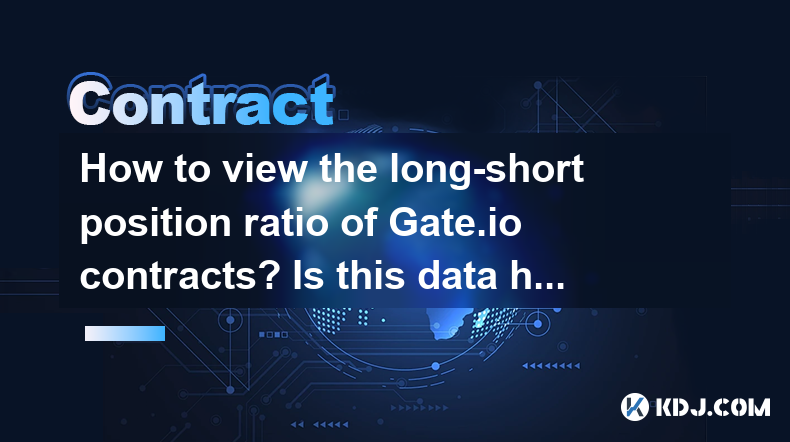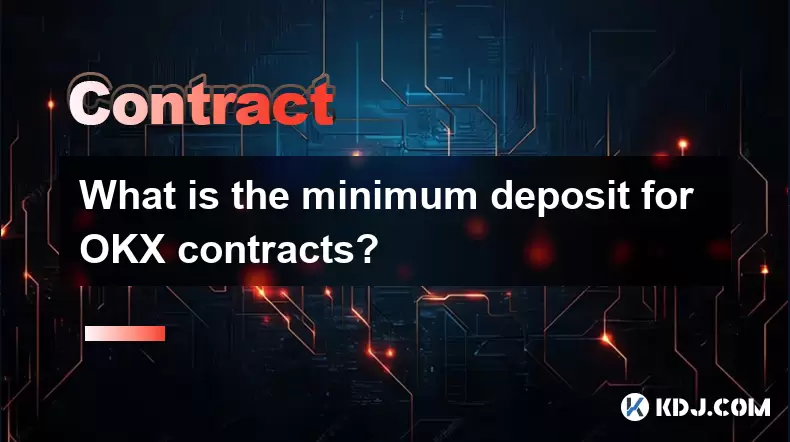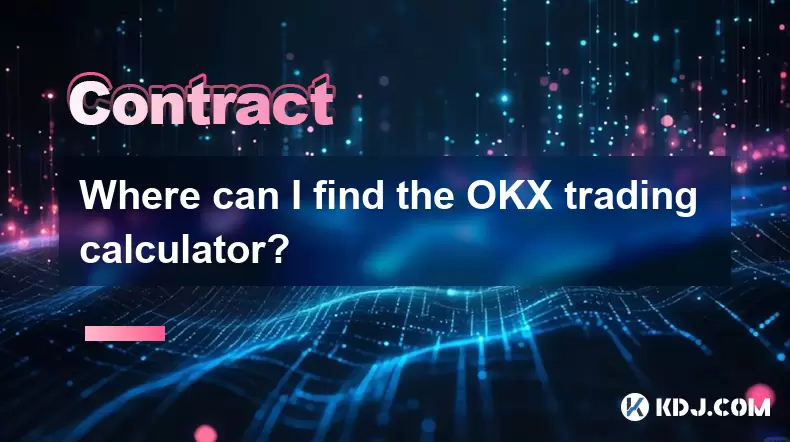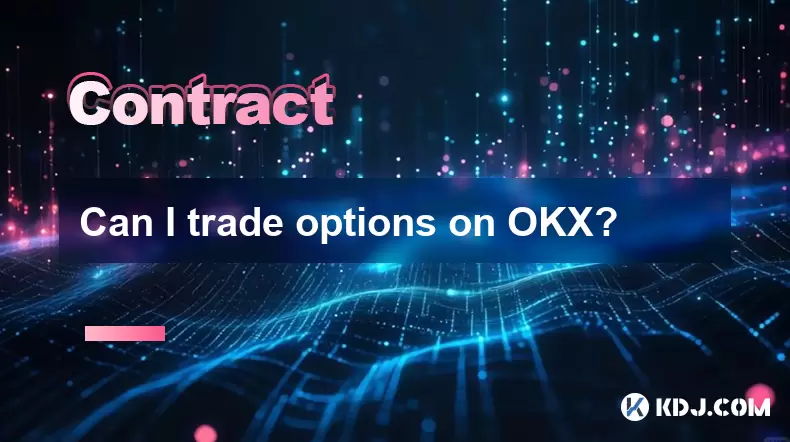-
 Bitcoin
Bitcoin $117500
2.15% -
 Ethereum
Ethereum $3911
6.19% -
 XRP
XRP $3.316
10.79% -
 Tether USDt
Tether USDt $1.000
0.01% -
 BNB
BNB $787.2
2.24% -
 Solana
Solana $175.2
4.15% -
 USDC
USDC $0.9999
0.00% -
 Dogecoin
Dogecoin $0.2225
8.40% -
 TRON
TRON $0.3383
0.28% -
 Cardano
Cardano $0.7868
6.02% -
 Stellar
Stellar $0.4382
9.34% -
 Hyperliquid
Hyperliquid $40.92
7.56% -
 Sui
Sui $3.764
7.63% -
 Chainlink
Chainlink $18.48
10.66% -
 Bitcoin Cash
Bitcoin Cash $582.1
1.88% -
 Hedera
Hedera $0.2601
6.30% -
 Avalanche
Avalanche $23.33
4.94% -
 Ethena USDe
Ethena USDe $1.001
0.02% -
 Litecoin
Litecoin $122.3
2.04% -
 UNUS SED LEO
UNUS SED LEO $8.969
-0.27% -
 Toncoin
Toncoin $3.339
0.86% -
 Shiba Inu
Shiba Inu $0.00001287
4.30% -
 Uniswap
Uniswap $10.43
7.38% -
 Polkadot
Polkadot $3.861
5.08% -
 Dai
Dai $1.000
0.02% -
 Bitget Token
Bitget Token $4.513
3.41% -
 Monero
Monero $267.7
-6.18% -
 Cronos
Cronos $0.1499
4.14% -
 Pepe
Pepe $0.00001110
5.15% -
 Aave
Aave $284.9
8.28%
How to view the long-short position ratio of Gate.io contracts? Is this data helpful for trading decisions?
The long-short position ratio on Gate.io can guide trading decisions by reflecting market sentiment, but it should be used alongside other analysis tools for best results.
May 02, 2025 at 01:07 pm

Understanding the long-short position ratio of contracts on Gate.io can provide valuable insights into market sentiment and potentially influence your trading decisions. The long-short position ratio is essentially a measure of the number of long positions (bets that the price will rise) versus the number of short positions (bets that the price will fall) held by traders on the platform. This ratio can help you gauge the overall market sentiment and make more informed trading decisions.
Accessing the Long-Short Position Ratio on Gate.io
To view the long-short position ratio on Gate.io, you need to follow these detailed steps:
- Log into your Gate.io account. Ensure you are logged into your account to access the trading platform's features.
- Navigate to the futures trading section. Once logged in, go to the "Futures" section on the Gate.io website or app.
- Select the specific contract you are interested in. Gate.io offers various futures contracts, so choose the one you want to analyze.
- Look for the "Market Data" or "Trading Data" tab. This tab is usually located near the trading chart or order book.
- Find the long-short position ratio. Within the market data section, you should see the long-short position ratio displayed. It might be labeled as "Long/Short Ratio" or something similar.
Interpreting the Long-Short Position Ratio
The long-short position ratio is typically expressed as a number or a percentage. For example, a ratio of 2:1 means there are twice as many long positions as short positions. Here's how you can interpret this data:
- A high long-short ratio (e.g., 3:1 or higher) indicates that more traders are betting on the price to rise. This could suggest bullish sentiment in the market.
- A low long-short ratio (e.g., 1:3 or lower) indicates that more traders are betting on the price to fall, suggesting bearish sentiment.
- A balanced ratio (close to 1:1) suggests that the market sentiment is neutral, with an equal number of traders betting on price increases and decreases.
Using the Long-Short Position Ratio for Trading Decisions
The long-short position ratio can be a useful tool in your trading arsenal, but it should not be the sole basis for your trading decisions. Here's how you can use this data effectively:
- Confirming market trends. If the long-short ratio aligns with other indicators like moving averages or RSI, it can reinforce your belief in a particular trend.
- Identifying potential reversals. Extreme ratios (very high or very low) might indicate that the market is overbought or oversold, potentially signaling an upcoming reversal.
- Adjusting your positions. If the ratio suggests a strong bullish or bearish sentiment, you might consider adjusting your positions accordingly, either by increasing your exposure or taking profits.
Limitations of the Long-Short Position Ratio
While the long-short position ratio can be helpful, it has its limitations and should be used in conjunction with other analysis tools:
- It reflects only the sentiment on Gate.io. The ratio might not represent the broader market sentiment across all exchanges.
- It can be influenced by large traders. A few large traders can skew the ratio, making it less representative of the overall market.
- It is a lagging indicator. The ratio reflects past positions and might not predict future price movements accurately.
Practical Example of Using the Long-Short Position Ratio
Let's consider a practical example to illustrate how you might use the long-short position ratio in your trading strategy:
- Scenario: You are analyzing the Bitcoin perpetual futures contract on Gate.io. The long-short position ratio is currently 2.5:1, indicating a bullish sentiment.
- Analysis: You check other indicators like the RSI, which is at 70, suggesting the market might be overbought. The moving averages also show a bullish trend.
- Decision: Given the high long-short ratio and other indicators, you decide to enter a long position but set a tight stop-loss to protect against potential reversals.
Combining the Long-Short Position Ratio with Other Tools
To maximize the effectiveness of the long-short position ratio, you should combine it with other technical and fundamental analysis tools:
- Technical indicators: Use tools like moving averages, RSI, and MACD to confirm trends and potential reversals.
- Fundamental analysis: Keep an eye on news and events that could impact the cryptocurrency market, such as regulatory changes or major announcements from key players.
- Volume analysis: High trading volumes can validate the sentiment indicated by the long-short position ratio.
Frequently Asked Questions
Q: Can the long-short position ratio be manipulated by traders?
A: Yes, the long-short position ratio can be influenced by large traders or coordinated efforts to manipulate the market sentiment. However, such manipulation is usually short-lived and can be detected by monitoring other market indicators.
Q: How often is the long-short position ratio updated on Gate.io?
A: The long-short position ratio on Gate.io is typically updated in real-time, reflecting the current positions of traders on the platform. However, the exact frequency might vary depending on the specific contract and market conditions.
Q: Is the long-short position ratio more useful for short-term or long-term trading?
A: The long-short position ratio is generally more useful for short-term trading, as it reflects immediate market sentiment. For long-term trading, it should be used in conjunction with other fundamental and technical analysis tools to make more informed decisions.
Q: Can the long-short position ratio be used for all types of futures contracts on Gate.io?
A: Yes, the long-short position ratio can be used for all types of futures contracts available on Gate.io, including perpetual futures and traditional futures contracts. However, the relevance and accuracy of the ratio might vary depending on the liquidity and trading volume of the specific contract.
Disclaimer:info@kdj.com
The information provided is not trading advice. kdj.com does not assume any responsibility for any investments made based on the information provided in this article. Cryptocurrencies are highly volatile and it is highly recommended that you invest with caution after thorough research!
If you believe that the content used on this website infringes your copyright, please contact us immediately (info@kdj.com) and we will delete it promptly.
- XRP ETF, Bitcoin ETF, and Japan: A New Era for Crypto Investing?
- 2025-08-08 14:30:12
- Crypto, Congress, and Bills: Navigating the Regulatory Landscape in 2025
- 2025-08-08 14:30:12
- Union Jack Oil, Unused Gas, and Bitcoin: A New York Minute on UK's Crypto-Energy Play
- 2025-08-08 14:50:12
- Bitcoin Price: Bullish Flag Points to $123K Breakout?
- 2025-08-08 14:50:12
- Crypto Group's WNBA Dildo Toss: Meme Coin Mania or Just Plain Dumb?
- 2025-08-08 14:55:13
- Stablecoins, Hong Kong, and On-Chain Finance: Navigating the Regulatory Maze
- 2025-08-08 12:30:12
Related knowledge

What is the distinction between mark price and last price on KuCoin?
Aug 08,2025 at 01:58pm
Understanding the Basics of Price in Cryptocurrency TradingIn cryptocurrency exchanges like KuCoin, two key price indicators frequently appear on trad...

What are the specific maker and taker fees on KuCoin Futures?
Aug 08,2025 at 08:28am
Understanding Maker and Taker Fees on KuCoin FuturesWhen trading on KuCoin Futures, users encounter two primary types of fees: maker fees and taker fe...

What is the maximum leverage available on KuCoin Futures?
Aug 08,2025 at 10:21am
Understanding Leverage in KuCoin Futures TradingLeverage in KuCoin Futures allows traders to control a larger position size using a smaller amount of ...

What is the minimum deposit for OKX contracts?
Aug 08,2025 at 07:00am
Understanding OKX Contract Trading BasicsOKX is one of the leading cryptocurrency derivatives exchanges, offering a wide range of perpetual and future...

Where can I find the OKX trading calculator?
Aug 08,2025 at 07:49am
Understanding the OKX Trading Calculator FunctionalityThe OKX trading calculator is a powerful analytical tool designed to assist traders in estimatin...

Can I trade options on OKX?
Aug 08,2025 at 11:01am
Understanding Options Trading on OKXYes, you can trade options on OKX. OKX is one of the leading cryptocurrency derivatives exchanges that offers a de...

What is the distinction between mark price and last price on KuCoin?
Aug 08,2025 at 01:58pm
Understanding the Basics of Price in Cryptocurrency TradingIn cryptocurrency exchanges like KuCoin, two key price indicators frequently appear on trad...

What are the specific maker and taker fees on KuCoin Futures?
Aug 08,2025 at 08:28am
Understanding Maker and Taker Fees on KuCoin FuturesWhen trading on KuCoin Futures, users encounter two primary types of fees: maker fees and taker fe...

What is the maximum leverage available on KuCoin Futures?
Aug 08,2025 at 10:21am
Understanding Leverage in KuCoin Futures TradingLeverage in KuCoin Futures allows traders to control a larger position size using a smaller amount of ...

What is the minimum deposit for OKX contracts?
Aug 08,2025 at 07:00am
Understanding OKX Contract Trading BasicsOKX is one of the leading cryptocurrency derivatives exchanges, offering a wide range of perpetual and future...

Where can I find the OKX trading calculator?
Aug 08,2025 at 07:49am
Understanding the OKX Trading Calculator FunctionalityThe OKX trading calculator is a powerful analytical tool designed to assist traders in estimatin...

Can I trade options on OKX?
Aug 08,2025 at 11:01am
Understanding Options Trading on OKXYes, you can trade options on OKX. OKX is one of the leading cryptocurrency derivatives exchanges that offers a de...
See all articles

























































































